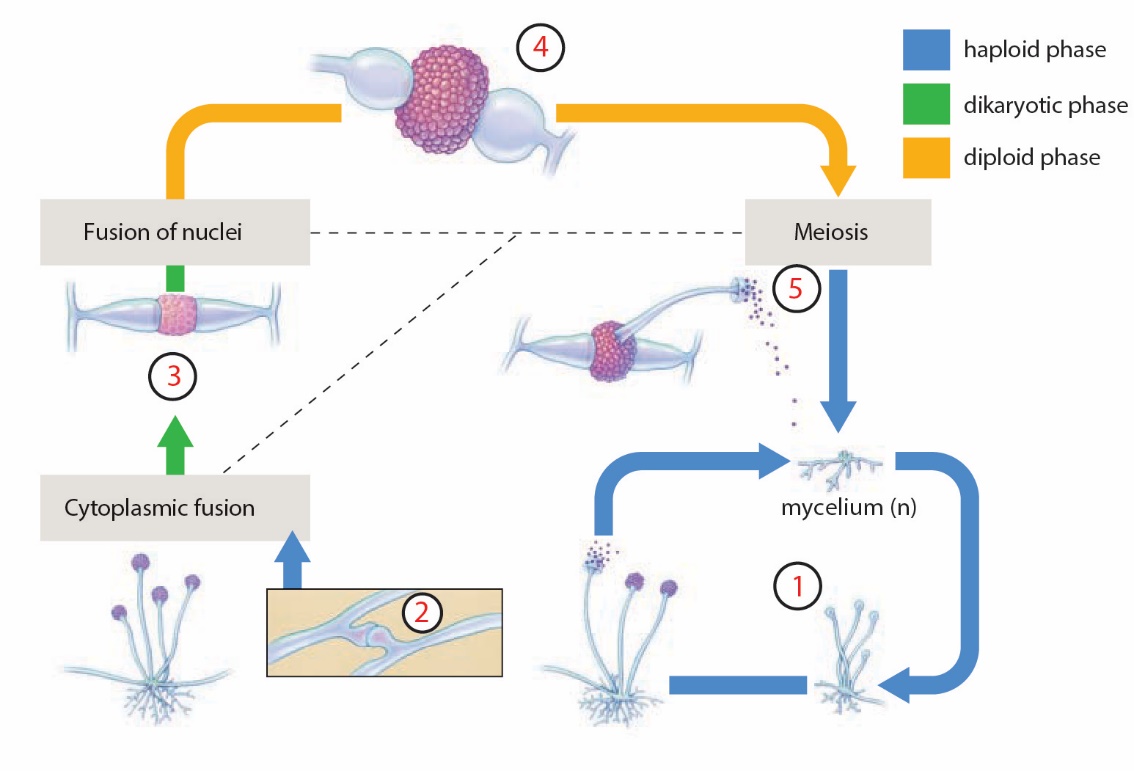What are CRISPRs?
What will be an ideal response?
Ans: Clusters of regularly interspersed short palindromic repeats (CRISPRs) are found in prokaryotes, where they provide a defense against viral infection. A long transcript is produced and processed into many small RNAs that presumably base-pair with phage DNA and interfere with its expression.
You might also like to view...
A virgin pine forest covers a valley, and one of the inhabitants is a red squirrel species. A large volcanic eruption occurs and separates the valley with a huge lava flow, thus producing two populations of squirrels. What must occur for the two populations of squirrels to be considered separate species?
A. The two squirrel populations must feed on different species of plants. B. The environment must change so that the populations exist in distinct habitats. C. The fur color or other morphological characteristic of the two squirrel populations must become distinct. D. The two squirrel populations must select mates using different behaviors. E. The two squirrel populations must be reproductively isolated. Clarify Question · What is the key concept addressed by the question? · What type of thinking is required? Gather Content · What do you already know about speciation? Choose Answer · Given what you now know, what information and/or problem solving approach is most likely to produce the correct answer? Reflect on Process · Did your problem-solving process lead you to the correct answer? If not, where did the process break down or lead you astray? How can you revise your approach to produce a more desirable result?
Why would a patient with a defect in the obese (ob) gene continue to gain weight while a patient with the normal gene would not? Assume they both eat the same diet and are the same height
What will be an ideal response?
Define the term biotechnology
What will be an ideal response?

A. asexual spore B. haploid spore C. mature zygospore D. immature zygospore E. spore sac